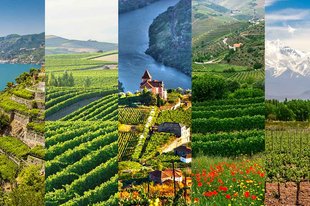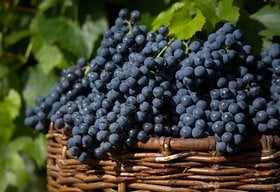Terroir: What Is It, and How Does It Affect Your Wine?
“Terroir” is a French word that signifies the natural conditions of a vineyard like soil composition, elevation, sun exposure, climate, and other unique characteristics.
A wine expert would define it as “a sense of place” that affects the aromas and taste of wine. It’s the reason why a Cabernet Sauvignon from France is different from a Californian Cabernet Sauvignon.
In this article, discover everything about this French term - why it is important, the four key components, and how winemaking practices affect the expression of terroir in your fine wine.
Further reading
- Master the art of Investing in Fine Wines with this comprehensive guide.
- Discover everything you need to know about the 5 Primary Wine Styles.
- Alsom explore the 20 Rarest and Most Expensive Wines in the world.
Why Is Terroir Important?

A region’s terroir adds subtle complexities and unique nuances to the wine. For example, a limestone-rich soil will give the wine an intense minerality.
Besides that, it also has an impact on wine prices.
How Terroir Affects The Price Of Your Wine
Terroir forms the basis of the Appellation d’Origine Controlee (AOC) system used in Old World wine regions like Bordeaux and Burgundy - it defines their wine quality.
A combination of exceptional terroir, the brilliance of winemakers, and the AOC regulations affect the price of wine. These great wines are more prestigious and command high prices in the global wine industry and are usually on the radar of most wine collectors.
The 4 Elements Of Terroir
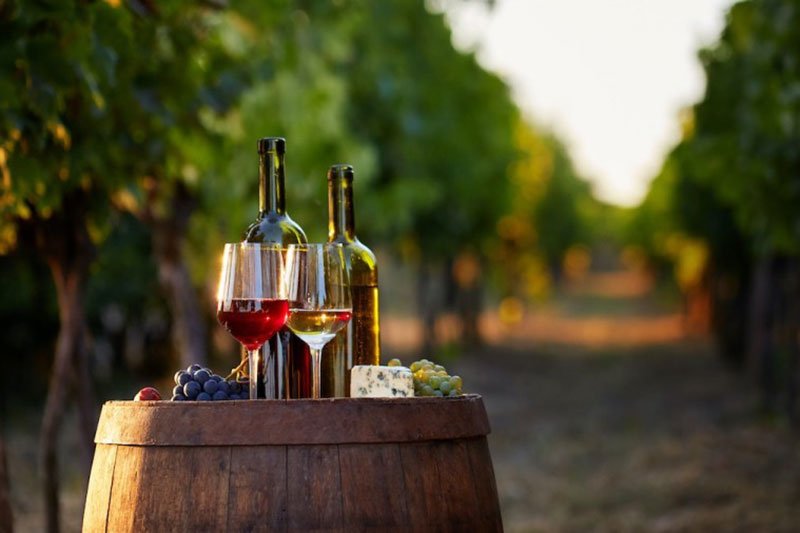
Here are the four major components of terroir:
1. Climate
A wine region with a warm climate during the growing season produces grapes with high sugar levels, resulting in high alcohol wines. Wine grapes grown in cooler climates are more acidic.
New World wine regions are usually warmer than Old World wine regions. That’s why Cabernet Sauvignon wines from Medoc (Bordeaux) are more acidic than the Napa Valley Cabernet Sauvignon.
The wine quality of each vintage also depends on factors like distance from the sea, sunlight exposure, precipitation, and more.
2. Soil
The unique soil composition of a vineyard adds complex flavors to the wine and affects its tannin and minerality due to the organic sulfur compounds in it.
As an example, in South Africa, the granitic soil retains heat and reduces the acidity of the wine grapes. That’s why wine critics describe South African wines as graphite-like and gravely.
3. Terrain or Topography
The region’s terrain (the elevation and steepness of the vineyard) plays a vital role in the ripening of wine grapes.
The higher the elevation, the cooler the climate, and the higher the sun exposure and the acidity of the grape. That’s why Mendoza Malbec wines are characterized by their lively acidity.
4. Organisms In The Vineyard
The signature flint aroma and flavor of Chablis are a result of sulfur produced by indigenous yeast during fermentation.
Flora and fauna (including microbes) of the region also affect the ripening periods and concentration of the grapes.
Now, the concept of terroir is very old.
The Origin Of “Terroir”
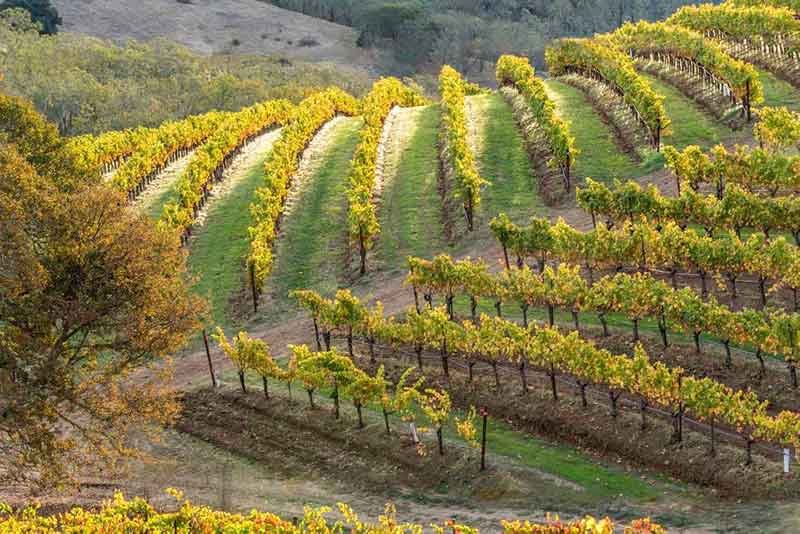
Terroir comes from the Latin word “terra,” meaning land.
The concept of terroir developed over the centuries as the Benedictine and Cistercian monks started observing the unique characteristics of their vineyard (called microclimate.)
They noticed the distinct flavors of the wines made from the same grape variety but in different regions and started using the term to define the unique characteristics of the soils.
It is said that the monks even went as far as to taste the soils and determine if the microbes were favorable for the grapes.
Over time, these observations gave rise to land divisions like Grand and Premier Cru vineyard sites. Very soon, wineries started labeling their wines according to the area of production, giving rise to the appellation system.
Terroir And The Appellation System
The appellation system distinguishes the unique terroir of the different wine regions.
A. Old World Wine Regions

Old World wine regions like Bordeaux, Burgundy, and Chianti use the appellation system to protect the authenticity of their wines. Wines (made using the same winemaking techniques and grape variety) from different regions will have a unique identity.
So, a Chianti wine will always be made from Sangiovese. In contrast, a red Bordeaux wine is always a blend of the classic Bordeaux red wine grape varieties like Cabernet Sauvignon, Merlot, Cabernet Franc, Petit Verdot, Carmenère, and Malbec.
In fact, in the Old World wine industry, the wine is not known by the grape it is made from but by the region of wine production. So, it is not a Pinot Noir wine from Burgundy, but a Burgundy made from Pinot Noir.
B. New World Wine Regions

New World wine regions do not use strict appellation systems to label their wines. Instead, their wines carry the name of the grape variety and the winery.
This doesn’t mean that the wines are not protected under a similar system. The US wine industry uses the American Viticultural Area (AVA) system, Australians use the Geographical Indications (GI) system, and so on.
But a region’s terroir is not the only reason behind a wine’s flavor profile.
How Do Viticulture And Winemaking Practices Affect The Expression Of Terroir?
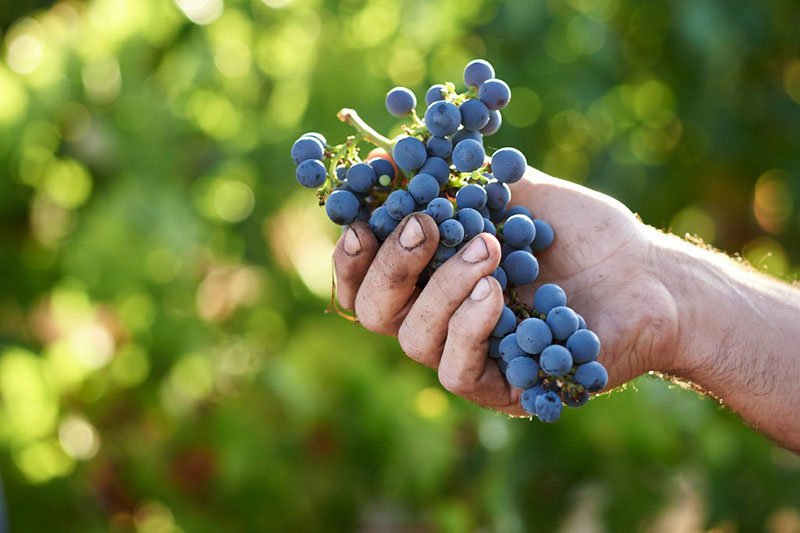
Although viticulture and winemaking practices are not exactly a part of the terroir, they can still affect the expression of a wine’s terroir in your favorite red wine.
Grape growers believe that the region’s terroir and the grapes grown in the vineyard share an interdependent relationship.
For example, the terroir of Piedmont is excellent only because it is best suited for the tannic Nebbiolo grapes. It might not have the same reputation if the wine growers planted Riesling, Chardonnay, or any other white wine grape on its soils.
This is why AOC regulations prescribe the grape varieties that can be grown in a specific area.
Here are some common practices that a winemaker uses to alter the expression of terroir in the wine:
- Pruning the vines and keeping the soils water-stressed helps the winemaker grow concentrated grapes, producing rich flavors in the wine.
- During winemaking, wild yeasts (or indigenous yeast) helps the wine retain the unique expression of the wine’s terroir.
- Terroir can also be manipulated through oak (to mask the wine’s terroir), lengthy maceration periods, controlling the temperature during fermentation, and chaptalization (adding artificial sugars.)
The finished wine expresses the terroir or masks it, depending on the production region, the grape varietal, and even personal preferences. For example, a Madeira winemaker stops fermentation early, adds brandy (for fortification), and ages it in barrels under the sun, giving it a classic nutty flavor profile.
Traditional winemakers believe that the winemaker should only bring out the expression of the terroir. That’s why they focus on more natural wine styles with minimal intervention during wine production.
Build A Collection Of The Finest Terroir-Driven Wines
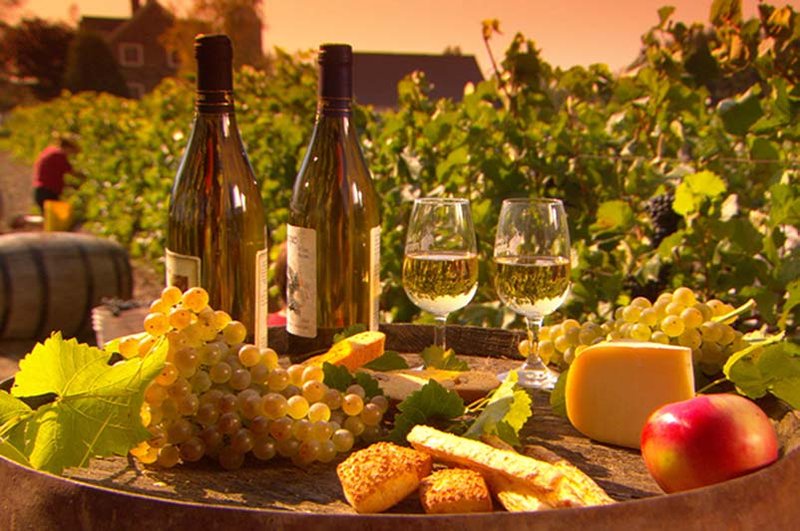
Terroir gives your wine unique minerality, tannin, and exotic flavors.
Wines from the best terroirs like Bordeaux and Burgundy also command high prices in the secondary market - the reason why they are highly sought-after by wine collectors.
Invest in the finest terroir-driven wines through an online wine investment company like Vinovest. Visit the website to know more!
